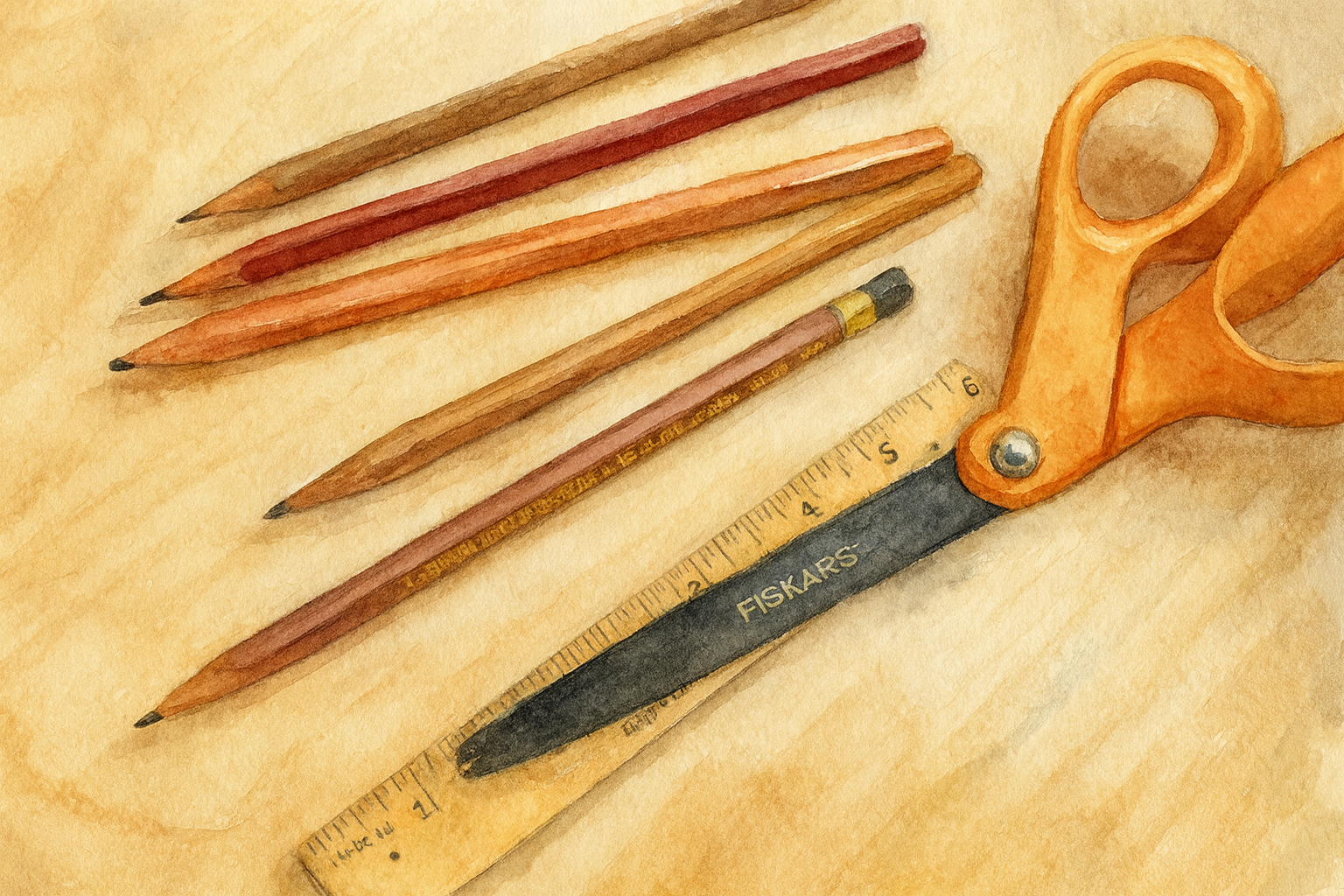Homeschooling How To
What happens when your child is not ready for formal academics? How can you encourage play in a meaningful way that supports future learning? How do you homeschool multiple children? How do you do a main lesson block versus a unit study? Or how do you manage the house when its overwhelming and you can’t care for children, educate them, cook and clean solo? House work is a collective responsibility but how labor is divided varies from family to family.
-

Delayed Academics | The Pros & Cons | Homeschool
Delayed academics isn't a route every parent may want to take, but it may be one many children would like. How does delayed academics work and what are some of the pros and cons? I'll touch on these and share a few personal experiences as well.
-
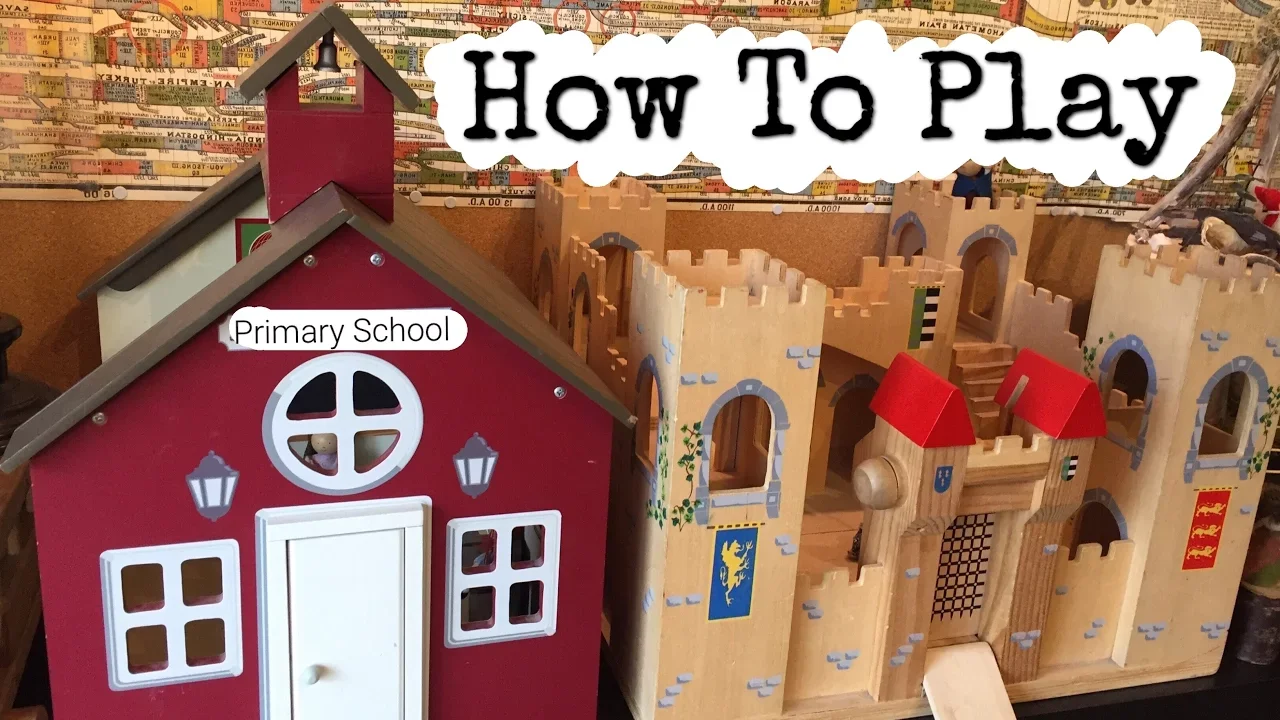
Transition Activities for Children from Play to Homeschool
Let them play. They won't want to when they are older, so you might as well foster it while they are young. But what kind of play am I talking about? I have specific ideas on that, and I'll share them with you because there is a lot of 'play' I don't support.
-

Unit Study Approach | Homeschooling with Main Lessons & Unit Studies
Main lessons or unit studies are a great way to dive into a subject area. You can focus on a single subject (main lesson) or you can do the tradition unit study approach in which all subjects are intertwined into the unit study which focuses on one area (say plants or animals or the human body) while addressing the other subject areas in an organic way.
-

Homeschooling Multiple Grades
Homeschooling multiple children and want some tips on how to make it work? I have three tips that might help you on your homeschooling journey, but I'd love to hear what you would suggest, too! Do you homeschool multiple grades and have some tricks up your sleeve you want to share? Let me know below!
-

Live Q and A | Homeschool
I went live to answer the week’s homeschool questions and decided to open with what I believe shaped my kids most as they moved into high school, college, and beyond: a genuine love of learning and an unburdened childhood.
-
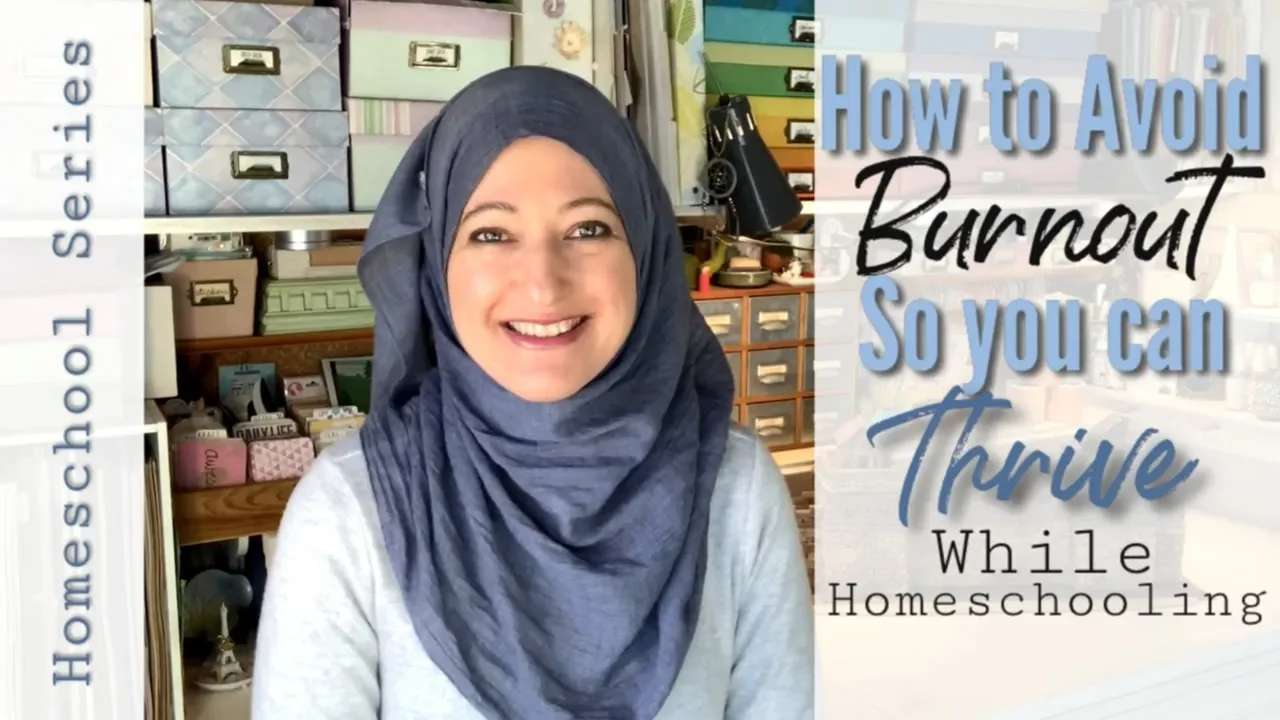
Avoid Burnout and Thrive in Homeschool
Maybe you're new to homeschooling or maybe you've been at this for a while. Burnout and low motivation can happen to any homeschooling parent on this journey. Taking care of you so you can continue to care for others is a not a new concept, but it's one of which we need constant reminding. Want more? How about two more videos on this topic where I go in depth? Plus 12 other videos from homeschooling women? Click below and scroll to the bottom of the page to sign up. You only have today to do it!! Conference starts tomorrow!
-
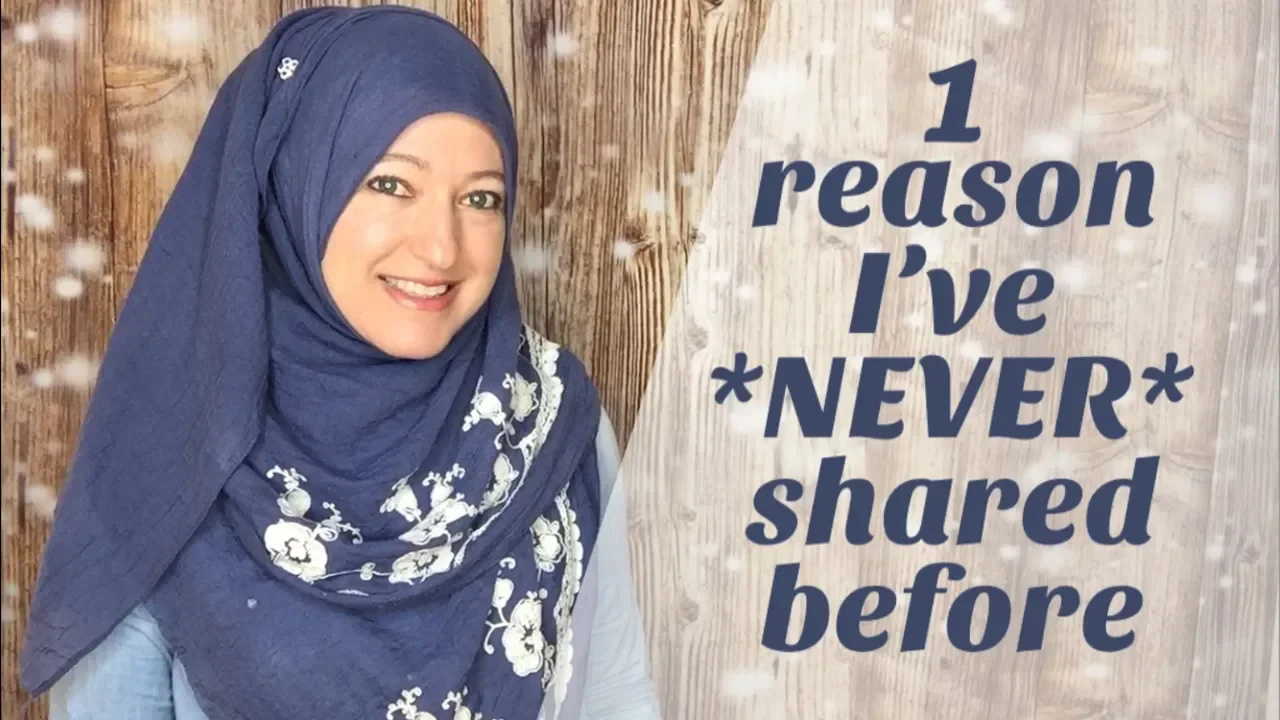
Why We Homeschool | It's Not What You Think
Why we homeschool includes two semi obvious reasons and one reason I've never revealed before. And to be honest, the reasons why we started homeschooling are different from the reasons why we continue to homeschool. Over the years, I've come to understand our reasons better, so while we started homeschooling for two reasons, we continue to homeschool for one.
-
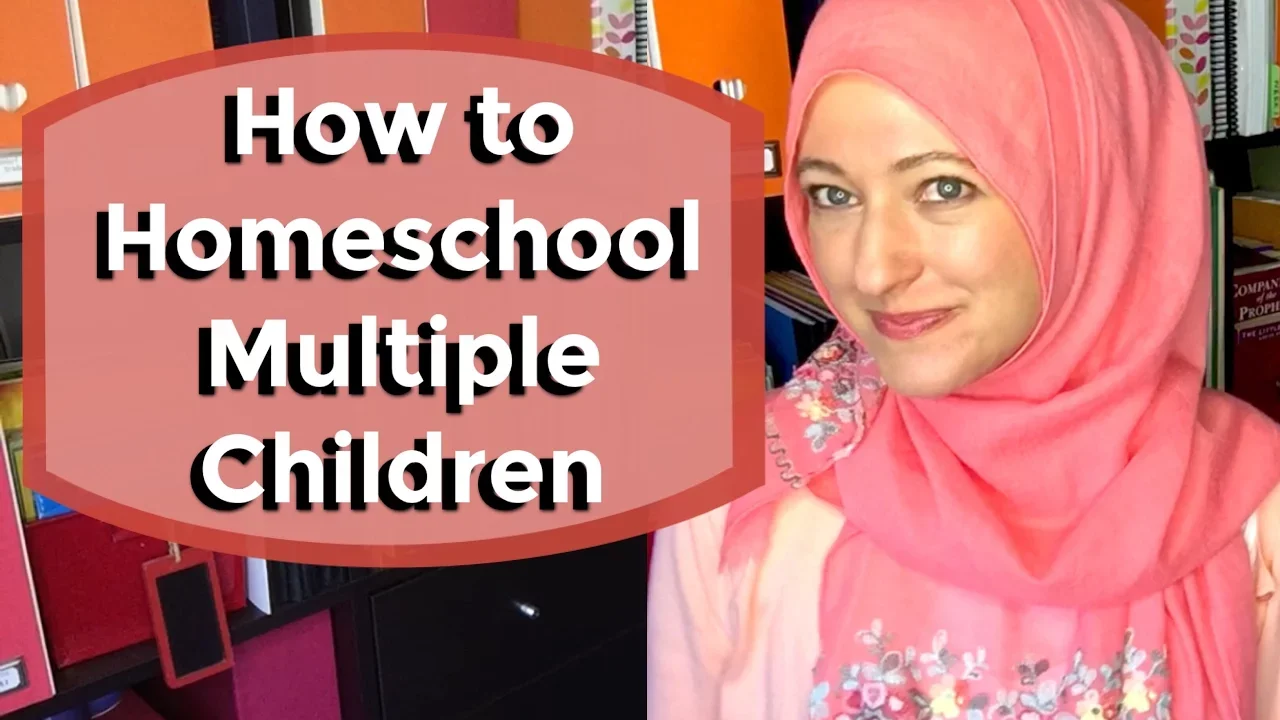
How to Homeschool Multiple Grades & Children
If you are homeschooling, chances are you are homeschooling more than one child, or at least have more than one child in your home. If doing an individualized curriculum for each child isn't working for you, then I have a few tips to offer you.
-
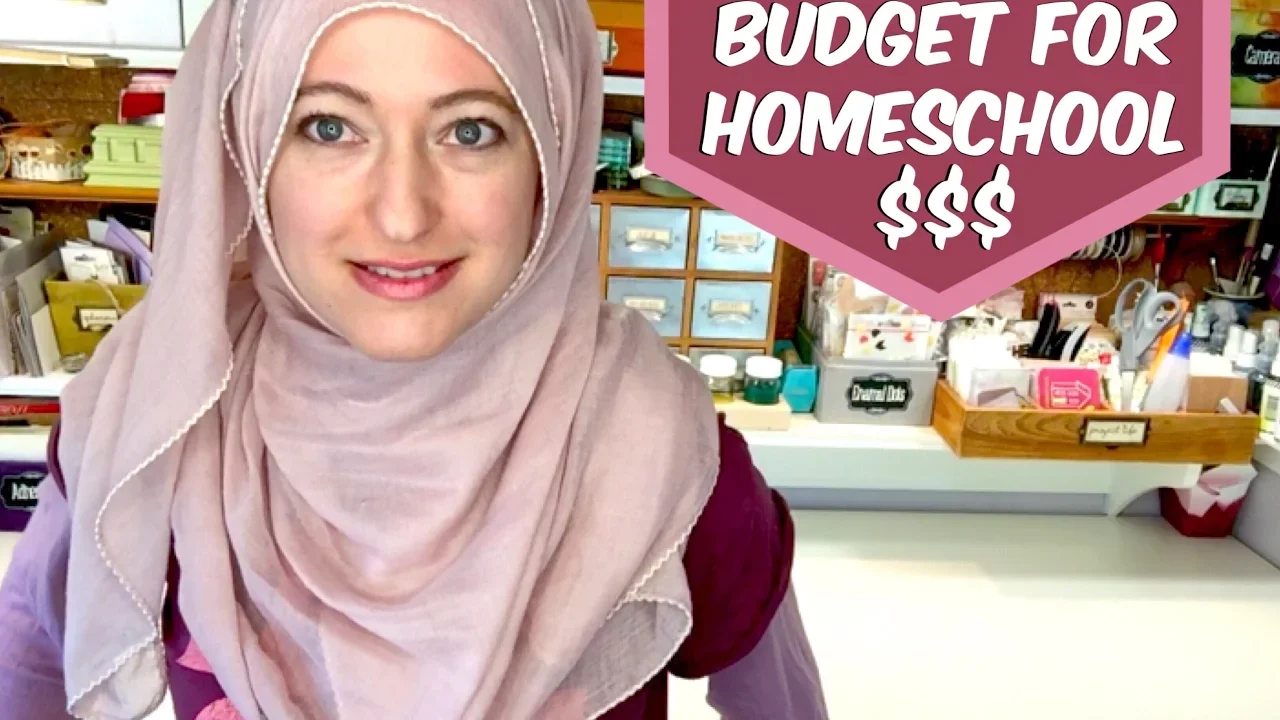
Budgeting for Homeschool | What to Buy & What to Borrow
Budgeting for homeschooling isn't the easiest thing. Basic curriculum alone can cost you hundreds of dollars. Aside from the boxed curriculum you may or may not buy there are the extras you need and want. I share some tips on how we used to homeschool on a budget. These days we make use of educational funding provided by our charter school.
-

Main Lessons vs. Unit Studies | Homeschool
Curious to know how a Waldorf Main Lesson differs from a Unit Study? The way I manage teaching multiple grades at one time is to modify the Main Lesson approach. The new version is neither a unit study nor a main lesson but a hybrid.
-

Live Q & A
Live Q & A from Instagram. I answer your questions, well some them. There were many questions, and I didn't get to all of them, or half of them. But it was so lovely catching up with you and sharing my thoughts with you after a week of Day in the Life content on Instagram.
-

How We Raise Our Children
I actually don't like using the word discipline because I feel it's been misused in parenting to mean punishment. Punishing children for behavior rarely if ever teaches children the correct behavior except through fear of punishment which doesn't feel positive to me.
-

How to Teach Children To Do Chores
Managing a home is no easy task. It's definitely complicated when you are the parent of young children or many children. If you add homeschooling into the mix, it may seem impossible to get it all done. Well, first, it is impossible for one person to do it all.
Delayed Academics | The Pros & Cons | Homeschool
Delayed academics isn't a route every parent may want to take, but it may be one many children would like. How does delayed academics work and what are some of the pros and cons? I'll touch on these and share a few personal experiences as well.
At the heart of delayed academics is a trust that your child (and all children) can succeed and thrive. Sometimes we have to hold our breath and see it come together on our child's own time schedule, other times we need to delay academics because of learning delays or other similar situations.
I allow myself a long runway to educating my children, trusting that they will make to the 'end' knowing the foundations of education and hopefully attaining a love of learning and an ability to learn.
I have two milestones: 6th grade and 9th grade. By the time they are ready for 7th grade I want my kids to know the basics in reading, writing and arithmetic.
We do dual enrollment for high school and community college.
Transition Activities for Children from Play to Homeschool
Let them play. They won't want to when they are older, so you might as well foster it while they are young. But what kind of play am I talking about? I have specific ideas on that, and I'll share them with you because there is a lot of 'play' I don't support.
First, this play is completely media-free. No iPad, video games, movies or even audio-books. In the absence of media, what will you surround your children with to play? I recommend toys that lend themselves to creative, open-ended, imaginative play. These toys include fabric, blocks, dolls, and the tools needed to make things like dowels and furniture for fort building, clips, rubber bands and rope for aiding in the fort building. Cardboard boxes are ideal. Save them and repurpose them for all kinds of creative, open-ended play. When choosing fabric, I suggest all-natural silk, wool, cotton and linen first. I've repurposed old sheets and curtains for pretend play. Having old fabric like this is also good for the times your children want to sew (or have you sew) an item for their pretend play. I've sewn capes, dresses and many bags for holding treasures. My 10 year old son likes to sew, too. He's made a cape and numerous bags as well. He gets the opportunity to think up something he needs, make it and finally play with it in his pretend play.
Check out the cape he made.
I encourage play for children under 7, 8 or 9 years of age for several hours a day. But I understand you want to do homeschool, so how do you get them out of play and into school?
I have a few transition activities and techniques that will help. The first thing you can try is joining their play space with a book or a story. I find this to be the one thing that really attracts my children's attention is a gentle inspiring way, especially if it's a novel we've already started, and we are excited to see what happens next. Storytelling is also very captivating, more so than reading a book because he have eye contact with your little ones. They love to hear the stories you come up with (and don't worry if you can't, you can start by retelling a story you already know.
Alternatively, you can try an activity. I like to get the activity set up while the kids play, so that I have the space and time to get it ready. Once it's ready, I can call the kids, or simple start the project. Usually that's enough to spark curiosity and that alone attracts the kids with minimal cajoling.
Lastly, you can try a board game or educational game to help transition. I have a number of recommendations and this playlist shows a few.
Games that are educational are double great for transition because they educational tools themselves. You can find them for every subject and every grade level, plus you can get creative and make them up yourself.
Once you have their attention, you can lead them into more head work (i.e. more academic work). If you pull them out of play prematurely, their head will still be in the play and you will not get their full attention and that will create frustration for both of you. Get the most out of your children by letting them get their fill of play. Then they'll be able to give their full attention to the academics. Still having trouble getting their attention? Choose academic work that is interesting and inspiring, and save the worksheets for practice work of math skills.
Unit Study Approach | Homeschooling with Main Lessons & Unit Studies
Main lessons or unit studies are a great way to dive into a subject area. You can focus on a single subject (main lesson) or you can do the tradition unit study approach in which all subjects are intertwined into the unit study which focuses on one area (say plants or animals or the human body) while addressing the other subject areas in an organic way.
We have made our unit studies an extension Waldorf main lessons, focusing on one subject area while daily lessons in math and grammar run parallel to the main lesson.
Memorable lesson: Food!!
Homeschooling Multiple Grades
Homeschooling multiple children and want some tips on how to make it work? I have three tips that might help you on your homeschooling journey, but I'd love to hear what you would suggest, too! Do you homeschool multiple grades and have some tricks up your sleeve you want to share? Let me know below!
Avoid Burnout and Thrive in Homeschool
Maybe you're new to homeschooling or maybe you've been at this for a while. Burnout and low motivation can happen to any homeschooling parent on this journey. Taking care of you so you can continue to care for others is a not a new concept, but it's one of which we need constant reminding.
Want more? How about two more videos on this topic where I go in depth? Plus 12 other videos from homeschooling women? Click below and scroll to the bottom of the page to sign up. You only have today to do it!! Conference starts tomorrow!
Homeschooling is a dynamic relationship between teacher and student, and in the home setting, that usually means parent and child. This relationship can get easy strained, and more so when we are in a low place because of burnout, low motivation or exhaustion.
So how to you keep YOU going? I share my tried and true true tips that have helped me cultivate a space of learning that nurtures my soul in the process and in so doing, I can continue on this journey like the marathon it is.
Of course, I've been reminded often that these tips work for me, and that there are many homeschooling parents who don't love homeschooling as much as I do. For that reason, I would greatly appreciate you sharing what YOU do to thrive while homeschooling.
How to Homeschool Multiple Grades & Children
If you are homeschooling, chances are you are homeschooling more than one child, or at least have more than one child in your home. If doing an individualized curriculum for each child isn't working for you, then I have a few tips to offer you.
Though the unit study approach works for us, it may not work for every situation. Skill-based learning still needs to be individualized and setting time aside to focus on math or language skills is necessary.
You may be interested in some of my unit study videos:
Budgeting for Homeschool | What to Buy & What to Borrow
Budgeting for homeschooling isn't the easiest thing. Basic curriculum alone can cost you hundreds of dollars. Aside from the boxed curriculum you may or may not buy there are the extras you need and want. I share some tips on how we used to homeschool on a budget. These days we make use of educational funding provided by our charter school.
Here's one of the curriculum hauls I mentioned.
Those Kapla blocks are awesome!
Main Lessons vs. Unit Studies | Homeschool
Curious to know how a Waldorf Main Lesson differs from a Unit Study? The way I manage teaching multiple grades at one time is to modify the Main Lesson approach. The new version is neither a unit study nor a main lesson but a hybrid.
As much as I would love to teach each grade at grade level because there is so much wisdom in the placement and order of lessons in a Waldorf curriculum, time just doesn't permit me to that. Our solution is to take the main lesson and modify to accommodate various grade levels, use Charlotte Mason 'living books' and treat each main lesson block like a unit study.
It's not quite so 'all over the place' as it sounds. It actually seems to be working pretty well, and if you're interested in trying this approach, I hope my tips help you.
Sorry for the shaky camera work and dim lighting. I squeezed this video in too late in the day to capture natural lighting.
In our homeschool, I blend unit studies with a Waldorf-style main lesson block, and the two feel like cousins. In a traditional Waldorf school, one teacher carries a class from grades 1–8 and handles nearly everything except foreign language, music, eurythmy, and handwork—those “specials” usually happen a couple times a week or in seasonal blocks. The core subjects—language arts, math, history, and science—rotate through focused main lesson blocks. A unit study is similar in that it centers on a theme, but it often tries to weave every subject into that theme on purpose; a main lesson, by contrast, goes deep in one area and lets crossovers happen more organically.
The Waldorf approach also meets the child through what they can observe and experience. So with young students, astronomy is sky-watching and constellations, not planet composition charts; mineralogy is handled at the Earth’s surface, while “what’s under the crust” belongs later. That keeps learning concrete before it turns abstract. To keep skills sharp while we’re deep in a block, I layer in short daily practices: mental math (quick, two-step oral problems) a few minutes a day adds up to hundreds of reps a year; simple journaling or copywork keeps language arts moving alongside the block. There’s usually plenty of writing inside the main lesson itself, too.
At home, I modify the pure model because I can’t run two or three main lessons a day for different grades. I choose one shared main lesson for all my kids, adjust expectations by age, and then use those small daily lessons to cover math and language arts consistently. We also read one chapter from a novel every homeschool day—classics, historical fiction, or a great story that fits our season—which has quietly built a huge library of shared books over the years. This mix lets me keep the depth and rhythm I love from Waldorf while staying realistic about time and energy in a real family.
Live Q and A | Homeschool
I went live to answer the week’s homeschool questions and decided to open with what I believe shaped my kids most as they moved into high school, college, and beyond: a genuine love of learning and an unburdened childhood. Academics are only one slice of education; the rest is the texture of childhood: play, family life, rhythm, and wonder. Following Waldorf principles (loosely, imperfectly, and more deeply over time), I learned to honor developmental stages: imitation and kinesthetic learning early on, story and feeling in the middle years, and analytic work later. When I tried to “accelerate”, like pulling out a reading book at age four, it backfired. Waiting for readiness prevented unnecessary anxiety and let skills blossom when the child was ripe.
Managing multiple children forced me to redefine a “successful” day. In the early years, with babies, toddlers, and big kids, I often felt I’d accomplished little. Reframing helped: Did I do my best? Did I meet the real needs of my children today? If yes, I let go of guilt; if not, I adjusted habits (less phone, better prep). Screen time was the simplest lever: reducing it created room for wholesome defaults: open-ended play, books, movement, and nature. When media is the exception (family movie night), the vacuum fills with creativity. That same “less but better” approach applied to gear and budgets: we borrowed, thrifted, used libraries, and made things ourselves: time or money, you invest one.
A lot of questions circled rhythm, patience, and expectations. My patience improved when I stopped giving commands I wouldn’t enforce, an insight I borrowed from Charlotte Mason: say only what you intend to follow through on, and choose consequences you’ll actually keep. I also aligned routines with reality: early mornings mean I fade by evening, so connection with younger kids often happens then, reading aloud, talking, tucking in, when I have bandwidth. For a seven-year-old who prefers being read to over reading, I lean in; comprehension outpaces decoding for years, and read-alouds feed both mind and relationship. Waldorf “starts” first grade around six to eight because it’s about development, not just academics; even an early reader benefits from story-rich letter work.
We talked paths and philosophies, too: self-directed learning gets wide berth in our home; I don’t derail deep focus unless there’s a compelling reason. If a four-year-old’s homeschool looks like free play, chores, parks, and friends. On language, I urged teaching in the mother tongue for connection and depth, adding English explicitly where needed; children in an English-speaking environment will acquire it robustly. Finding my own rhythm took four or five years (and many experiments: Thomas Jefferson Education, Charlotte Mason, Waldorf mashups that sometimes flopped). Setbacks, moves, pregnancies, newborns, reset rhythms; with a newborn and a play-loving seven-year-old, I prioritize the baby, protect play, and release pressure.
Finally, we addressed refusal and movement. If a six-to-nine-year-old (especially a boy) resists sitting work, I check development, sleep, food, screens, and lesson design. Many kids need heavy daily movement before seatwork; trampoline math and basketball-first mornings have been game-changers. I ask: can I flex posture (standing, upside-down math), format (oral work), or timing to meet the child where he is? Throughout the live, I kept reminding myself and everyone watching: make your own measures of a fulfilled day, protect your priorities, and give yourself mercy. I saved remaining questions for future sessions, grateful for a community that asks brave, thoughtful things...and for the chance to keep learning alongside our kids.
Live Q & A | Instagram
Live Q & A from Instagram. I answer your questions, well some them. There were many questions, and I didn't get to all of them, or half of them. But it was so lovely catching up with you and sharing my thoughts with you after a week of Day in the Life content on Instagram.
For our first week of school, I showed in detail (in my Instagram stories) how our day goes while homeschooling. One day wasn't enough, so I showed a whole week. And truthfully, it takes longer than that to really show the ebb and flow of our work and life. At the end of the week, I held a live Q & A on Instagram to answer the many questions that came in during the week. Even after an hour of answering questions I still have a lot more to get through.I plan to do this again, so join me on Instagram for more info.
In this Q & A, I start off talking about low energy and a podcast I listened to (shared to me by my sister in law) on the Infradian Rhythm. The podcast is superb! I highly recommend it. It's called Broken Brain with Dhru Purohit and it's episode #94 Unlock Your Hormonal Advantage by Harnessing the Power of Your Infradian Rhythm with Alisa Vitti.
Follow me on Instagram if you want to want to watch the next live!
How We Raise Our Children
I actually don't like using the word discipline because I feel it's been misused in parenting to mean punishment. Punishing children for behavior rarely if ever teaches children the correct behavior except through fear of punishment which doesn't feel positive to me. I know that in many places in the world and in the generations past, discipline was punishment and punishment was the main way or one of the ways in which children were raised. I'm thankful for the pediatricians, parenting experts and psychologists who have offered a better way to raise children. Coined positive parenting or yes environments by some professional, I think the bottom line is fostering connection between the child and parent and teaching rather than punishing is what is at the heart of today's movement in parenting. But, it's not like this is easy. Sometimes in order to build a connection with our children, we befriend them in a way that prevents us from parenting them. This is problematic because our role as parents is to teach and raise, not befriend. We can achieve the same connection that befriending does by being an attentive and responsive parent.
Parenting is hard. There's no way around it. Yes, there are those rare relationships that seem perfect, and maybe they nearly are, but I would say that more often than not, we have good days and bad days. Days we kept our cool and our connection and dealt with problems in a mature, creative and calm manner. Then there are days when our children hit every trigger and we lose it. Other times we may just already be spent and don't have the energy to be patient and creative with our problem solving. If you want to minimize those negative days, I suggest checking out the Dr. Sears' parenting book called The Discipline Book and the Charlotte Mason six volume original series. There are certainly many books that can help, so I encourage you to link parenting books that were pivotal in your parenting journey in the comment section below. In the meantime, you can find the books I mentioned here:
How to Teach Children To Do Chores
Managing a home is no easy task. It's definitely complicated when you are the parent of young children or many children. If you add homeschooling into the mix, it may seem impossible to get it all done. Well, first, it is impossible for one person to do it all. So if you don't hire out help for cleaning or cooking, maybe some of the tips I'm sharing today will help you get your whole family involved in helping with the house management.
Here are some of my organization videos that might help on your journey. I find that the more organized the home it, the easier it is to maintain and the easier it is for others to help.
